In the world of spices, two names often come up - black cumin vs cumin. While they sound similar, they're actually different plants with their own unique flavors and health benefits. If you're not sure which one to grab while you're cooking, then keep reading as we explore their origins, characteristics, uses, and their numerous health benefits.
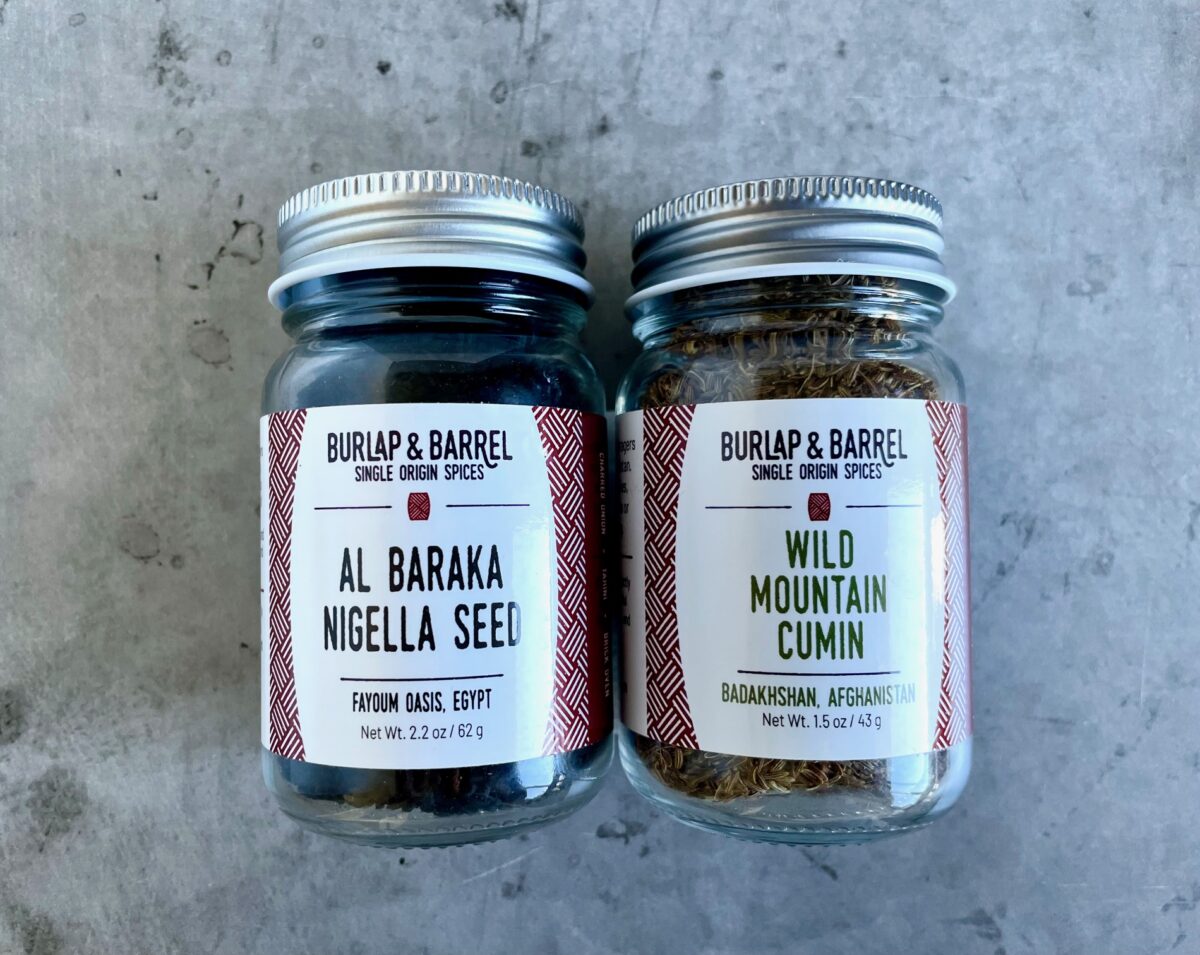
A very special thank you goes to Burlap & Barrel for supplying me with some of their exceptional products for this article.
Jump to:
- Main differences between black cumin and cumin
- What is black cumin (nigella sativa)
- Health benefits of black cumin
- Culinary uses of black cumin
- Uses for black cumin seed oil
- What is cumin (cuminum cyminum)
- Health benefits of cumin
- Culinary uses of cumin
- Recap: What's the difference between black cumin vs cumin
- Some of my recipes that feature cumin
Main differences between black cumin and cumin
While black cumin and cumin share similar names, they're different in terms of their botanical names, plant species, and taste profiles. Black cumin seeds are smaller, thinner, and have a darker color compared to cumin seeds.
Black cumin is also known by kala jeera (literally black cumin in Hindi), kalongi, nigella seed, black caraway, or black onion seeds. Cumin, on the other hand, is often referred to as white cumin or common cumin seeds.
It's important to note that cumin is a lot more popular and is more widespread than nigella sativa. You'll rarely get a perplex look if you ask for cumin in a grocery store, but you likely will if you ask for black cumin.
Flavor Profiles
Both black cumin and cumin have distinct flavor profiles that make them essential spices in various cuisines worldwide.
Black cumin has a slightly bitter taste with a nutty and peppery undertone, making it ideal for savory dishes such as curries, stews, and stir-fries. In Persian cuisine, black seeds are commonly added to preserved vegetables.
On the other hand, cumin has a warm and earthy flavor with a hint of citrus and is commonly used in Indian, Middle Eastern, and Latin American cuisines.
Now that you know the main differences between black cumin and cumin, let's jump into their individual characteristics so you can really learn what sets them apart from one another. (You might just be surprised at what you find!)
What is black cumin (nigella sativa)
Let's start with black cumin, also known by its scientific name, nigella sativa. This flowering plant belongs to the ranunculaceae family and is widely cultivated in Southern Asia, Southeastern Europe, and Central Asia.
Black cumin seeds have been used for centuries in traditional medicine and various cuisines, particularly in Indian, Persian, and Middle Eastern recipes. The seeds are small, black, and teardrop-shaped with a slightly bitter and peppery taste.
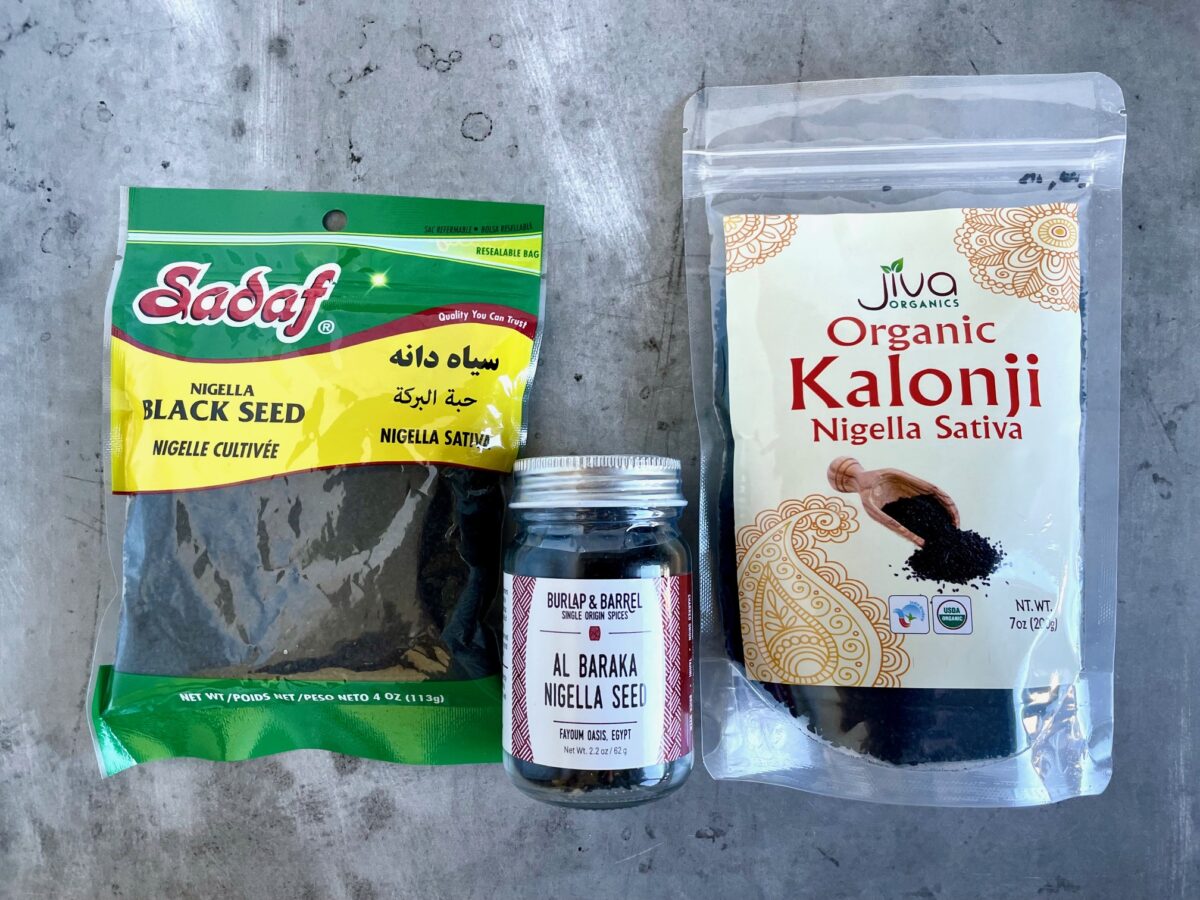
Origins and characteristics
Black cumin has been cultivated for over 3000 years and has been mentioned in ancient Egyptian manuscripts as a medicinal herb. It is believed to have originated from the Mediterranean region but has since spread to other parts of the world due to its versatility and numerous health benefits.
The plant itself grows up to 12 inches tall with thin leaves and white or pale blue flowers. Its fruits, which contain the seeds, are small capsules that turn dark brown when ripe.
Health benefits of black cumin
Aside from its culinary uses, black cumin has been known for its medicinal properties for centuries. It is believed to have anti-bacterial and anti-fungal properties, making it useful in fighting off infections.
It also contains antioxidant properties that can help protect against diseases like cancer and heart disease, as well as anti-inflammatory compounds that make it effective in treating respiratory problems, such as asthma and allergies, and other conditions such as arthritis and eczema.
Culinary uses of black cumin
In cooking, black cumin seeds are used as a spice to add flavor and aroma to dishes. They can be used whole or ground into a powder. Although nigella sativa look almost identical to onion seeds, they're not related at all.
Kalonji seeds have a slightly bitter undertone and a black pepper taste, making them a popular ingredient in savory dishes such as curries, stews, and soups. They're also commonly used in breads and pastries to add a nutty flavor.
They're also known to have antimicrobial properties, making them useful for preserving food and extending its shelf life. This is probably why they're used in a variety of Persian preserved vegetable recipes.
Uses for black cumin seed oil
Aside from cooking and medicine, black cumin has other practical uses as well. Its oil is commonly used in cosmetic products due to its nourishing and moisturizing properties.
Just like coconut oil, black cumin seed oil has also traditionally been used as a natural sunburn damage repair, and is known to soothe skin redness, irritation and itching due to allergies or wounds.
It's also a sought-after ingredient in natural hair care products, as it has been shown to promote hair growth and improve scalp health.
Another interesting use you might not even expect is that black cumin is an insect repellent. This definitely makes them a natural and better alternative to chemical-based pesticides.
How to incorporate black cumin into your diet
If you're interested in incorporating black cumin into your diet, there are many ways to do so. You can sprinkle the seeds on top of salads or roasted vegetables for added flavor and nutrition.
They can also be ground into a powder and used as a seasoning for meats or added to smoothies and juices for a boost of nutrients.
But one of the most popular ways to consume black cumin is through essential oil content. Black cumin seed oil, also called black seed oil, is extracted from the seeds and can be used in cooking, as a salad dressing, or simply taken as a supplement.
It has a slightly bitter taste, so it's best to start with small amounts and gradually increase your intake.

What is cumin (cuminum cyminum)
On the other hand, cumin, or cuminum cyminum, is a spice commonly found in Indian and Middle Eastern cuisine. It is derived from the seeds of the cumin plant, which belongs to the Apiaceae family.
Cumin seeds are known for their distinct aroma and earthy flavors, making them a staple in many culinary dishes. It's also a key ingredient in practically all masala mixes like garam masala and curry powders.
Origins and characteristics of cumin
Cumin is native to the Middle East and India, but it is now widely cultivated in many parts of the world, including Europe, Africa, and Asia. The plant grows up to 30 cm tall, with slender stems and small white or pink flowers. Its seeds are oblong-shaped and have a yellowish-brown color.
Health benefits of cumin
Aside from its culinary uses, cumin has also been used for centuries for medicinal purposes. In ancient times in Ayurvedic medicine, it was believed to aid digestion and treat digestive disorders such as flatulence, bloating, and diarrhea.
This is how it's still being used traditionally today - aiding in digestion and alleviating symptoms of gastrointestinal issues like bloating, gas, and constipation.
Just like turmeric, cumin is also packed with essential vitamins and minerals that provide numerous health benefits. It contains high levels of iron, which helps in red blood cell production and oxygen transport in the body.
Minerals and B vitamins
It also has significant amounts of manganese, calcium, magnesium, phosphorus, potassium, and vitamins B1, B2, B3, B6, and E. Like black cumin, it is also known for its anti-inflammatory properties and has been used to alleviate symptoms of conditions like arthritis and asthma.
Vitamin E and beauty
Vitamin E is a powerful antioxidant that helps protect the body from cellular damage and boost the immune system. And it's also particularly high in phenolic acids, which are potent antioxidants that have been linked to reducing the risk of certain cancers and heart diseases.
Cumin can also be used topically as a skin treatment. Its anti-inflammatory and antibacterial properties make it effective in treating acne, eczema, and other skin conditions.
Great source of iron
There have been numerous scientific studies showing that cumin extract can inhibit the growth of certain cancer cells. And since cumin contains iron, which is essential for the production of red blood cells, it can help prevent anemia. It has also been shown to have antimicrobial properties, making it useful in fighting off infections.
Blood sugar and cholesterol
Cumin may also help improve blood sugar control and reduce cholesterol levels, making it a valuable supplement for those with diabetes or high cholesterol.
Potential side effects
While research has shown cumin to have numerous health benefits, it is important to note that some people may experience side effects when consuming large amounts of cumin or using it topically. These potential side effects include nausea, dizziness, and allergic reactions.
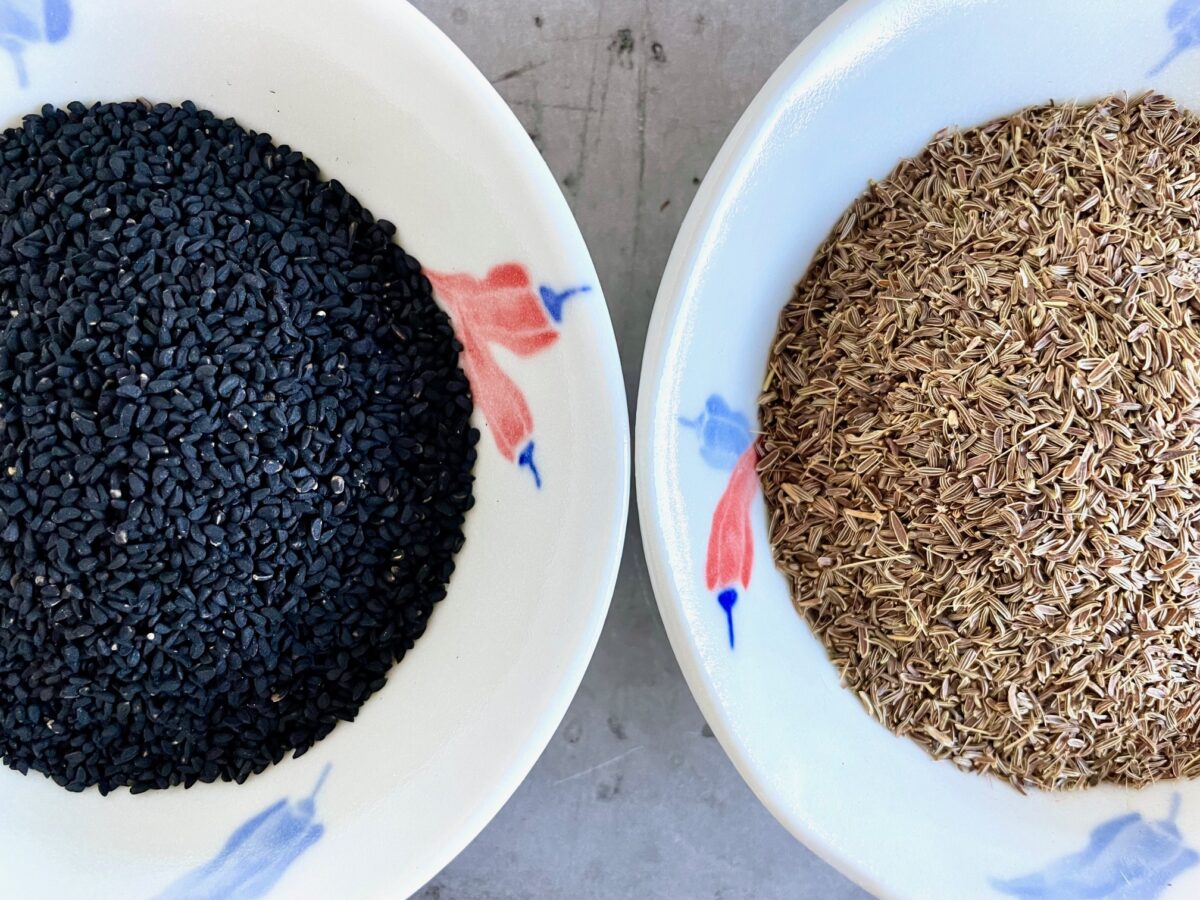
Culinary uses of cumin
Aside from its health benefits, cumin is also commonly used as a spice in cooking. It adds a warm and earthy flavor to dishes and is a staple ingredient in many cuisines such as Indian cooking, Latin American, and Middle Eastern.
Regular cumin seeds can be used whole or ground and are often added to curries, stews, soups, and rice dishes. They are also commonly used to season red and white meats alike. In some cultures, cumin is even sprinkled over fruits like apples or melons for added flavor.
Aside from its culinary uses, cumin has also been used as a preservative for pickling vegetables like cabbage and cucumbers. It can also be brewed into a tea by steeping the seeds in hot water for a refreshing drink.
Versatile uses in cooking
Cumin is a versatile spice that can enhance the flavor of various dishes. Here are some popular uses for cumin in cooking:
- Seasoning meats: Cumin pairs well with meats such as beef, chicken, and lamb. It can be used as a dry rub or added to marinades for an extra boost of flavor.
- Flavoring soups and stews: Cumin adds depth and richness to soups and stews, especially in dishes such as chili or lentil soup.
- Enhancing rice and grains: Cumin is often added to rice dishes like biryani or pilaf for its aromatic flavor. It also works well in grain-based salads such as quinoa or couscous.
- Sprinkling on vegetables: Roasted or sautéed vegetables can benefit from a sprinkle of cumin, adding a warm and earthy flavor.
- Incorporating into sauces and dips: Cumin is a common ingredient in many sauces and dips, such as an Everyday Raita, hummus or tzatziki, providing a unique depth of flavor.
- Adding to breads and pastries: In some cuisines, cumin is used in breads and pastries for its distinctive taste. It pairs well with ingredients like cheese or pumpkin in savory baked goods.
- Infusing oils and marinades: For an even stronger cumin flavor, you can infuse oil or marinades with the spice before using them in cooking.
If you would like to learn about other uses for cumin, please hop over to my article Cumin vs Curry.
Spice on the left: Cumin seeds. Spices on the right: Whole spices for curry powder
Overall, cumin adds a warm and nutty flavor to a wide variety of dishes. Experiment with different cuisines and recipes to find unique ways to incorporate this versatile spice into your cooking.
And don't be afraid to use it in unconventional ways – the possibilities are pretty much endless!
Recap: What's the difference between black cumin vs cumin
Black cumin and cumin may share similar-sounding names, but they are distinct spices with their own set of characteristics and health benefits. Black cumin, with its various names and extensive use in traditional medicine, offers unique flavors and potential health benefits.
Cumin, on the other hand, is a common herb in Indian cuisine, known for its digestive health properties and distinctive aroma.
The next time you're exploring the world of spices, don't forget to try both black cumin and cumin in your recipes. These spices will undoubtedly elevate the flavors of your dishes while adding a touch of ancient wisdom and medicinal properties.
Some of my recipes that feature cumin
I hope this article inspired you to incorporate black cumin and cumin in your own cookery. Here are some of my recipes that feature cumin seeds or cumin powder:

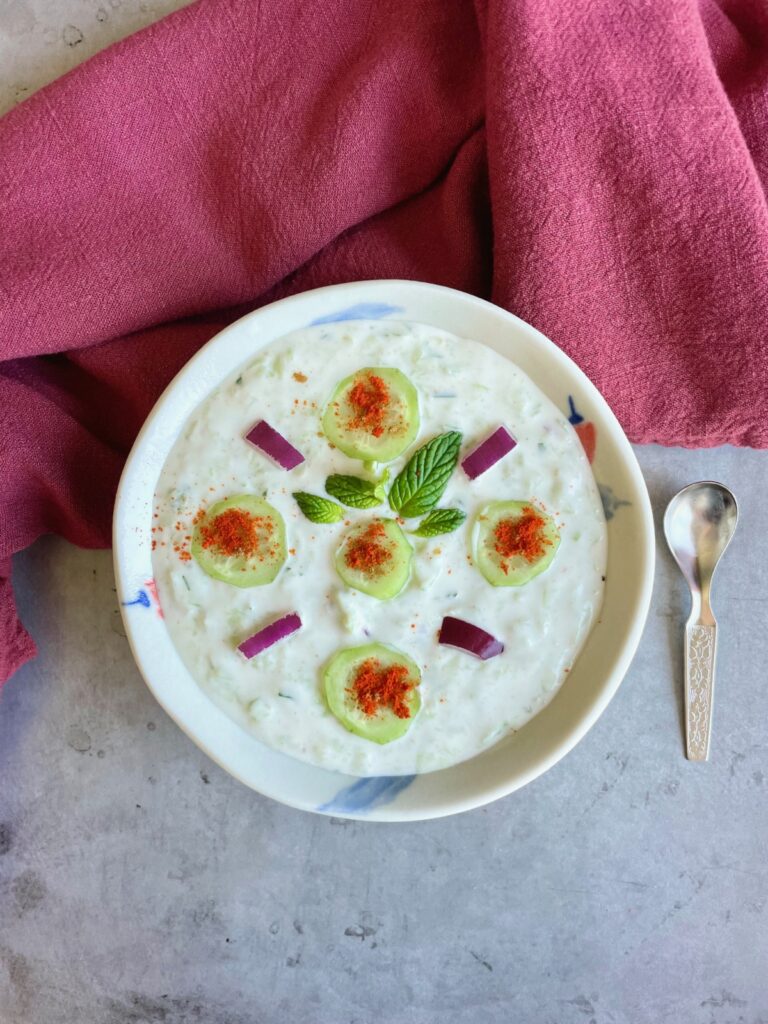



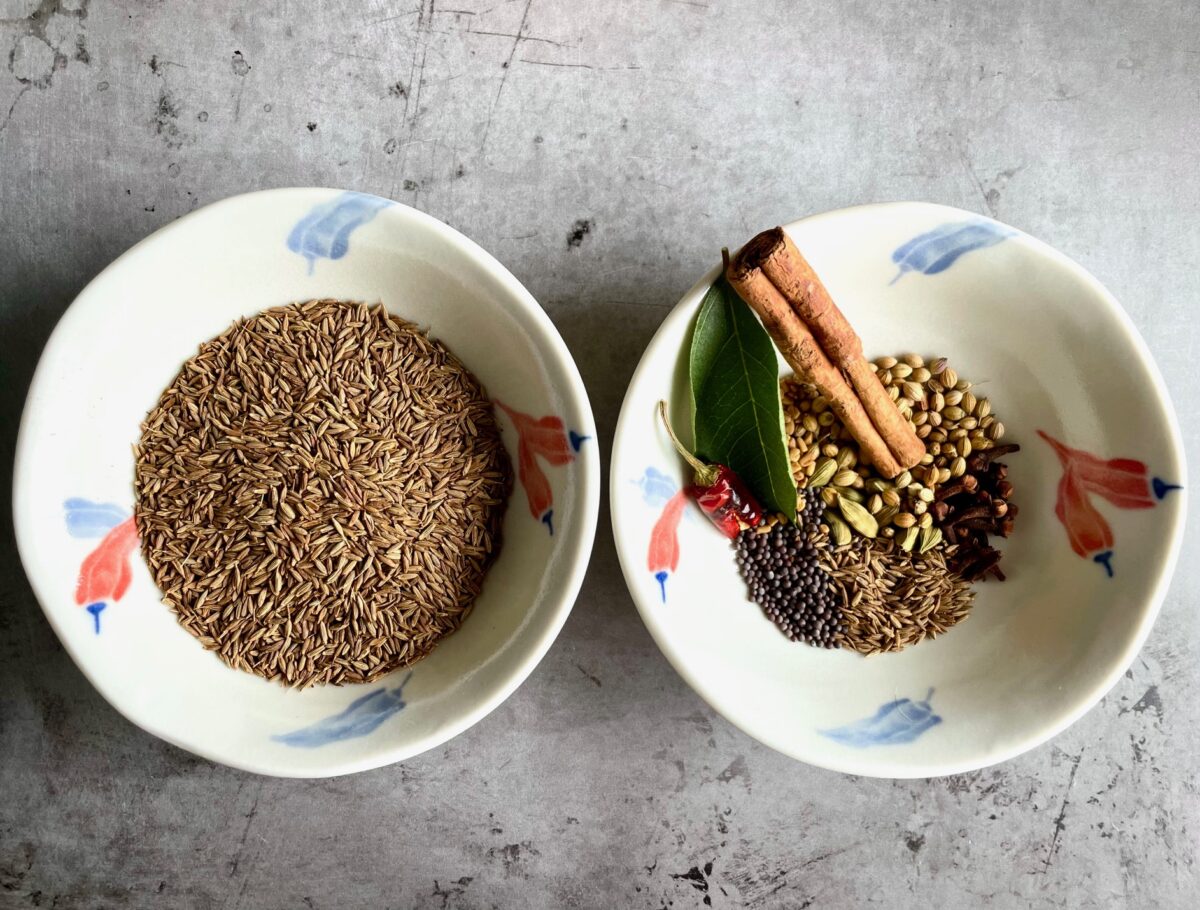
Leave a Reply